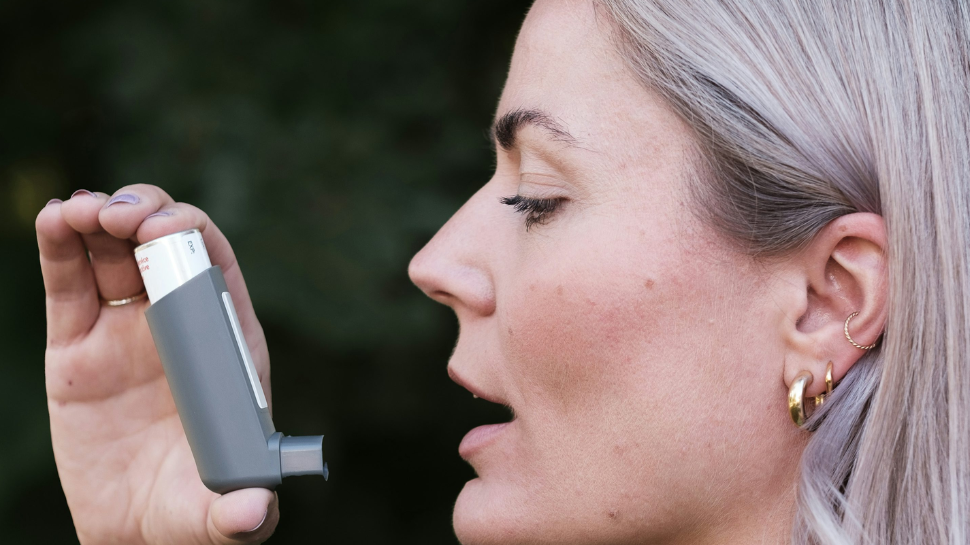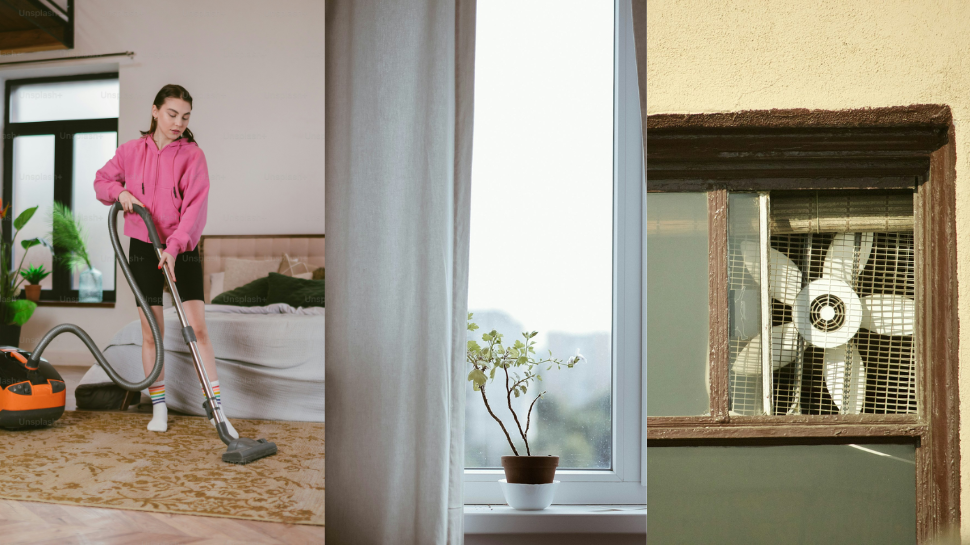Asthma Spike During Monsoon: Check Why It Happens And How to Manage Them Effectively
Asthma symptoms often spike during the monsoon, making it a difficult season for many. Increased humidity, the growth of mould, rise in dust mites, and sudden weather changes like thunderstorms can all contribute to breathing difficulties. This seasonal condition, sometimes called "monsoon asthma," affects millions and can turn regular rain into a health challenge. However, simple lifestyle adjustments—backed by medical experts—can help ease symptoms. From managing indoor air quality to updating daily habits, this guide offers effective ways to safeguard your lungs and breathe easier through the rainy season.
Humidity during monsoon

Humidity plays a key role in worsening asthma symptoms. As moisture levels in the air increase, the air becomes heavier and harder to breathe.According to the report by Medical Channel Asia shows that high humidity can intensify the impact of environmental irritants such as formaldehyde, causing more inflammation and mucus in the airways. This makes the lungs more sensitive and reactive, particularly in individuals with asthma.
Growth of dust mites
)
A major factor contributing to worsening asthma during the monsoon is the rapid growth of mould and dust mites. These common allergens thrive in damp areas like wet walls, carpets, and bedding. According to a review in the European Respiratory Review, long-term exposure to indoor mould notably raises the chances of wheezing and aggravates asthma symptoms.
Thunderstorm Asthma
)
Thunderstorms may appear harmless, but they can pose serious risks for people with asthma. Studies show that during specific storms, pollen grains can break into tiny airborne particles that are small enough to reach deep into the lungs. This can trigger sudden and severe asthma attacks—a condition known as “thunderstorm asthma.” Such incidents have led to hospitalisations and even deaths in countries like Australia and across parts of Europe.
Damp conditions
)
Monsoon season brings a shift in weather that often increases the risk of falling ill. The damp conditions and more time spent indoors make it easier for viruses like the common cold and flu to spread. These infections can worsen asthma by adding extra strain on the lungs. Additionally, rain can heighten air pollution—when it combines with vehicle emissions and industrial gases, it forms fine particles that further irritate sensitive airways, making breathing more difficult for people with asthma.
How to manage asthma during monsoon?
)
To manage asthma during the monsoon, it's important to keep indoor humidity between 40% and 60%. Use exhaust fans in bathrooms and kitchens to improve ventilation, and consider a dehumidifier if your home stays damp. Regular cleaning is essential to reduce allergens—wash bedsheets, curtains, and pillow covers in hot water every week. Use a vacuum cleaner with a HEPA filter to effectively trap dust mites and mould spores. Address any leaks promptly and clean visible mould with disinfectant. Also, avoid placing indoor plants in bedrooms, as the moisture in their soil can promote mould growth.
Medical Help
)
It’s important to seek medical help if you notice increased wheezing or a feeling of tightness in your chest. Another warning sign is needing to use your inhaler more frequently than usual. If you find it difficult to speak in full sentences because of shortness of breath, it’s a serious indicator that medical attention is needed immediately.
Medical Guidance
)
Managing monsoon asthma can be challenging, but understanding its triggers can help you cope more effectively. By maintaining a consistent treatment plan and taking steps to reduce indoor humidity and allergens, you can significantly ease symptoms. With proper medical guidance and awareness of environmental factors, it’s possible to breathe easier and stay more comfortable throughout the rainy season.
Disclaimer
)
(This gallery is meant for informational purposes only and must not be considered a substitute for advice provided by qualified medical professionals.)
Trending Photos



)
)
)
)
)
